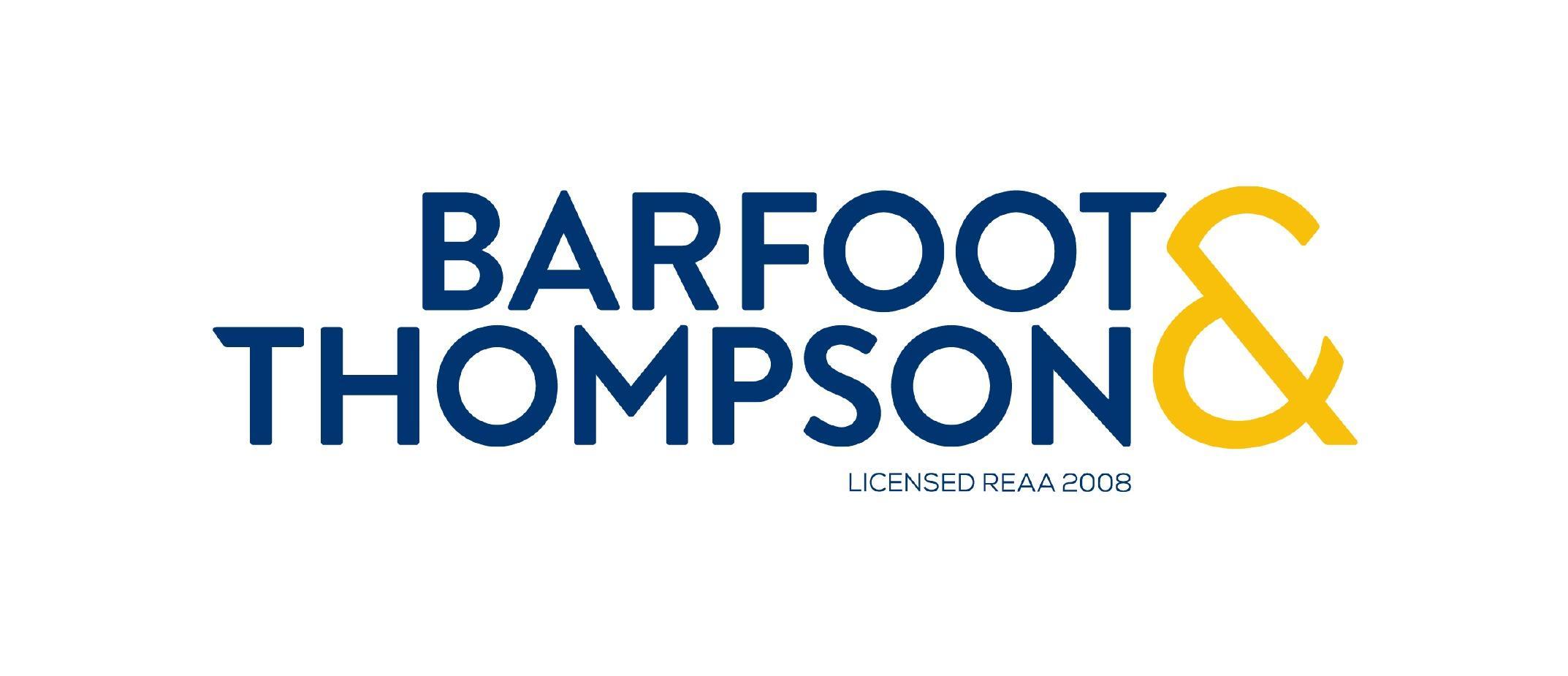In the coming months, there are likely to be some ‘bargains’ on offer for property investors, although a slowdown in value growth may well mean more emphasis
on a property’s rental yield. On that point, three-bedroom houses tend to have better yields than four-bedroom, while apartments tend to yield more
than houses. Of course, there are other factors to consider – and the knock to the foreign student market, for example, could be a threat to the demand
to rent an apartment, and hence raise the risk of a vacancy.

NZ rents and property values (Sources: MBIE, CoreLogic)
Heading into alert level four lockdown, momentum for both property values and rents across the country was pretty strong (see the first chart), and investors
had been taking a higher share of purchases – partly due to solid property returns themselves, but also falling returns on other assets (e.g. term
deposits).
Of course, the game has clearly changed massively in the past 2-3 months, and the prospects for the property market are looking much weaker for the rest
of 2020 and into 2021, which in turn will dampen investors’ profits. One key issue will be rising unemployment across the economy, and the knock-on
effects for tenants’ income and their ability to keep paying the rent – vacant periods of course are a huge dent to landlords’ returns.

Rental yields (Sources: MBIE, CoreLogic)
That said, our recent survey suggested that experienced and long-term investors haven’t necessarily altered their plans too much yet as a result of COVID-19, and some still intend
to look at buying opportunities. But given the likely reduction in property value growth (i.e. capital gains), a lot of the focus in assessing these
potential investment purchases will probably need to be on the rental yields – so how are they looking?

Yield by type (Sources: MBIE, CoreLogic)
Generally speaking, yields are relatively low compared with their own history, although there has been a gentle upwards drift in recent years (see the
second chart). But we can dig deeper than that, and our data shows that apartments generally deliver higher yields than houses (see the third chart),
and require less capital up front as well.
Of course, the COVID-19 hit to the foreign student market, for example, may put question marks over the demand to occupy apartments in central city areas.
But a gross yield of 5% (assuming occupied) for an apartment in Wellington’s Wadestown/Thorndon for example nevertheless looks appealing.

Yield for houses by bedroom count (Sources: MBIE, CoreLogic)
As an alternative, we can also look at yields for houses split by the number of bedrooms. For the suburbs shown in the fourth chart, yields on three bedroom
houses tend to be higher than four bedroom properties (although Auckland is an exception). As with apartments, the smaller houses will tend to carry
a lower price tag too (and hence lower deposit required).
Overall, in the coming months uncertainty is likely to remain high and everybody will be cautious of buying into a ‘falling market’. But there are still
bound to be good opportunities for investors to get a ‘bargain’, and the data here suggests that smaller properties (e.g. apartments or three bedroom
houses) could be a decent choice because of better yields.
Keep an eye on the market and check whether the potential return figures stack up with RPNZ. Find out more about CoreLogic’s special RPNZ offer for APIA members here .
This is a guest blog submission from Kelvin Davidson from CoreLogic NZ. Guest submissions are a way for APIA members to share their views and experiences with each other and do not necessarily reflect the views and position of the APIA. The content of this article is general in nature and not intended as a substitute for specific professional advice on any matters and should not be relied upon for that purpose.

ABOUT THE AUTHOR
Kelvin Davidson
Kelvin is a Senior Economist in CoreLogic’s research team. Prior to joining CoreLogic, Kelvin spent 15 years working in private sector economic consultancies
in NZ and the UK, and he is well practised in applying macroeconomic trends and data to the property market.













Add Comment